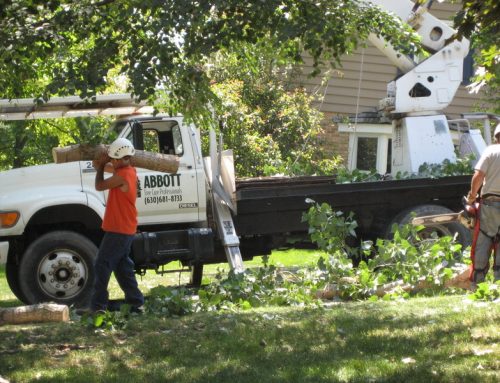The Illinois Department of Agriculture recently confirmed the presence of spotted lanternfly (SLF) in the state, marking a significant development in invasive species prevention. Despite being frequently mistaken for a moth, this invasive pest lays its eggs on various surfaces, including tree bark. With the eggs hatching in the spring, it is crucial to understand the potential impacts of the spotted lanternfly, particularly on trees and plants.
While the insect does not directly threaten human or animal health, its presence may disrupt plant health. Here is everything you need to know about the spotted lanternfly in Illinois, including its identification, potential impacts, and measures to mitigate its spread.
Known scientifically as Lycorma deliculata, this invasive insect is native to eastern Asia—China, India, Bangladesh, and Vietnam. First discovered in the United States in 2014, the spotted lanternfly rapidly spread across eastern states and has now made its way into the Midwest.

The species likely made its way here via imported goods and materials in freight containers. Once introduced, the spotted lanternfly found suitable habitats and host plants to establish populations and spread rapidly in the new environment.

The spotted lanternfly is a planthopper with an insatiable appetite for plant sap. It is known to feed on at least 103 species of plants in the United States, including fruit, ornamental, and woody trees. The insect’s feeding behavior can weaken and damage trees, reducing crop yields and quality.
According to the Morton Arboretum, “the spotted lanternfly also is known to feed on trees including oak, walnut, sycamore, pine, willow, and maple, especially silver maple. It has not been found to cause major damage to mature trees, although some research suggests that the sap-feeding may weaken young trees.”
The SLF produces a sugary excrement known as honeydew that can attract other pests. It promotes the growth of sooty mold, preventing photosynthesis and further harming plants. The honeydew may also collect on outdoor furniture, patios, and vehicles.
On the Lookout
Immature Lanternfly
Adult Lanternfly

“Quarantine measures are in place in several states to help stop the spread of spotted lanternfly to new areas within the U.S.”
Detecting the spotted lanternfly in Illinois highlights the importance of remaining proactive in managing invasive species. Prevention and early detection are crucial to limit its spread. Residents are encouraged to report sightings to the University of Illinois at [email protected].
The Illinois Department of Agriculture asks residents to “crush nymphs and adults, scrape egg masses into a container with hand sanitizer or rubbing alcohol to kill them. Remember to take photos first, and report this!”
By staying informed, we can work together to mitigate the potential impacts of the spotted lanternfly. Abbott Tree Care will update you as more effective SLF mitigation strategies develop.





